Materials compatible with EVA
Industrial grade additive and subtractive manufacturing materials designed for Namma machines.

Open environment
EVA is compatible with both N-mat (Namma’s materials) and materials from other suppliers.
the process used
3D Printing
Fused deposition modeling
Additive manufacturing is the best way to go from idea to prototype quickly and cheaply.
Non-exhaustive list.
Uses: Functional prototypes, industrial moulding, general purpose parts
Advantages: impact resistant, durable, heat resistant
Uses: parts subject to high loads
Advantages: mechanical strength, heat resistant
Uses: PCB holders, electrical boxes
Advantages: impact resistant, heat resistant
Uses: ideal for outdoor parts
Advantages: UV resistant, weather resistant, high mechanical strength
Uses: print media
Advantages: soluble
Applications: tooling, automotive, functional parts, medical
Advantages: high heat resistance (190°C), impact, abrasion and friction resistance, corrosion and chemical resistance
Uses: protective housings, functional prototyping, structural components
Advantages: high mechanical strength, high thermal resistance, historically used in industry
Uses: food contact parts (molds, containers), electrical components, medical devices
Advantages: waterproof, translucent, food safe, electrically insulating, lightweight, easy to use
Uses: Mock-ups, design objects, model packaging, marketing
Advantages: Easy to print, rigid, biodegradable, biosourced
Uses: assembly parts, belts, hulls, protections
Advantages: flexible, impact resistant, tear resistant
the process used
CNC Machining
3 axis / 3 continuous axis
CNC is used to work materials used in industry such as aluminium and to obtain durable and precise finished parts.
This list is not exhaustive.
Uses: tooling, structural components, aerospace, automotive
Advantages: mechanical, thermal and chemical resistance
Uses: structural parts, decoration
Advantages: renewable, ecological, aesthetic
Uses: structural parts, competitive sports, aeronautics, automotive,
Advantages: light, mechanical and thermal resistance, electrical and thermal conductor
Uses: shipbuilding, electronics, electrical, construction,
Advantages: electrical and thermal conductivity, corrosion resistance
Uses: depending on the material
Advantages: 3D printed parts with precise tolerances and correct surface finishes
Uses: jewellery, watches, locksmiths
Advantages: corrosion resistant, malleable, ductile
Uses: packaging, protection, storage blocks
Advantages: lightweight, high elastic deformation, shock absorbing
Uses: nuclear, aerospace, automotive, medical
Advantages: excellent mechanical, chemical and high temperature resistance, fire resistance
Uses: general engineering, machining martyr, insulator, gear wheel
Advantages: impact, tensile, fatigue, heat and dimensional stability
Uses: kitchen utensils, mechanical tools, contact between parts
Advantages: non-stick, thermal and chemical resistance
the process used
Laser cutting
UV Laser
Laser cutting allows the user to make precise and complex cuts. It also offers the possibility of making small details.
This list is not exhaustive.
Uses: POS, displays, conservatories, anti-COVID protection and separation
Advantages: transparent, recyclable, UV resistant
Uses: decorations, packaging, models,
Advantages: light, economical, recyclable and biodegradable
Uses: luxury, textile, saddlery, leather goods
Advantages: robust and durable
Uses: decoration, furniture industry
Advantages: isotropic, economical
Uses: packaging, protection, storage blocks
Advantages: lightweight, high elastic deformation, shock absorbing
Uses: guides, stencils, jigs
Advantages: economical, used on a large scale
Uses: filters, seals, templates
Advantages: flexible, non-woven
Uses: sealing component, wetsuit prototype
Advantages: thermal, hydrocarbon and weather resistance
Uses: sheaths, straps, handles
Advantages: elastic, waterproof
Uses: seal, mould
Advantages: elastic, waterproof, heat resistant
The process used
Laser engraving
UV Laser
Laser engraving offers the possibility of creating different 2D shapes on a part to inscribe a serial number, a tooling number or a pattern.
This list is not exhaustive.
Uses: serial number, tool marking, traceability
Advantages: mechanical, thermal and chemical resistance
Uses: decorations, packaging, models,
Advantages: light, economical, recyclable and biodegradable
Uses: luxury, textile, saddlery, leather goods
Advantages: robust and durable
Uses: decoration, furniture industry
Advantages: isotropic, economical
Uses: packaging, protection, storage blocks
Advantages: lightweight, high elastic deformation, shock absorbing
Uses: guides, stencils, jigs
Advantages: economical, used on a large scale
Uses: filters, component seal, jigs
Advantages: flexible, non-woven
Uses: component seal, prototype wetsuit
Advantages: thermal, hydrocarbon and weather resistance
Uses: decoration
Advantages: aesthetic, mechanical resistance
Uses: serial number, traceability
Advantages: lightweight, mechanical strength
N-Mat : optimized materials for EVA
Namma has developed its own range of materials for EVA: N-Mat. By choosing N-Mat, you have access to tested and qualified printing profiles to succeed in every production. With the classic range and the technical range, use the materials adapted to each need.

